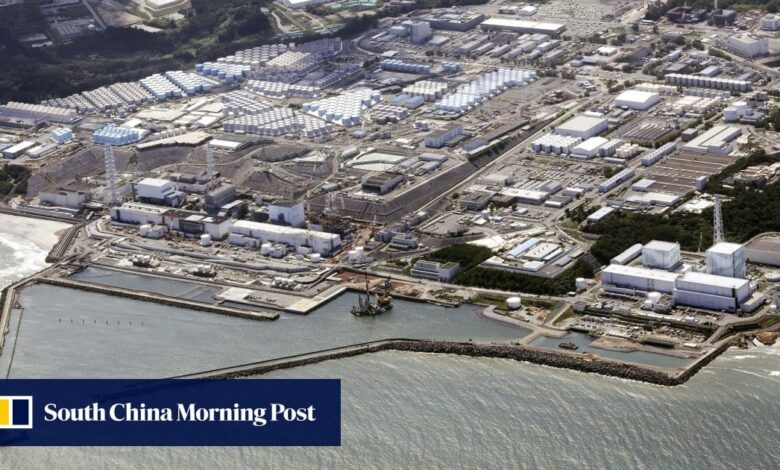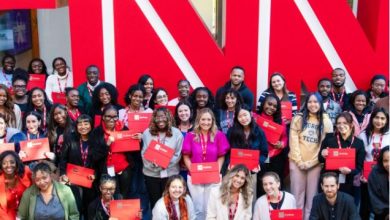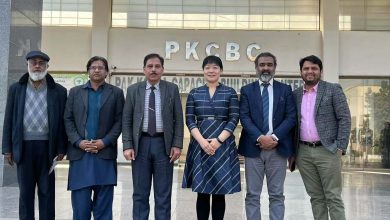Japan says experts met in China to ease concerns over discharge of treated radioactive Fukushima water

Japan said on Sunday its experts have held talks with their Chinese counterparts to try to assuage Beijing’s concerns over the discharge of treated radioactive wastewater from the wrecked Fukushima Daiichi nuclear power plant into the sea.
The discharges have been opposed by fishing groups and neighbouring countries, especially China, which banned all imports of Japanese seafood. China’s move has largely affected Japanese scallop growers and exporters to China.
During the talks held on Saturday in the northeastern Chinese city of Dalian, Japanese officials provided “science-based” explanation of how the discharges have been safely carried out as planned, according to the Japanese Foreign Ministry.
The experts exchanged views on “technical matters” involving the discharges, the ministry official said on condition of anonymity due to the sensitivity of the issue. While stressing the importance of transparency, the official declined to give any other details, including what the Chinese side said and whether their differences have been narrowed.
The meeting comes just after the International Atomic Energy Agency chief Rafael Mariano Rafael’s visit to the plant in mid-March confirming that the continuing discharges have been safely carried out as planned.





